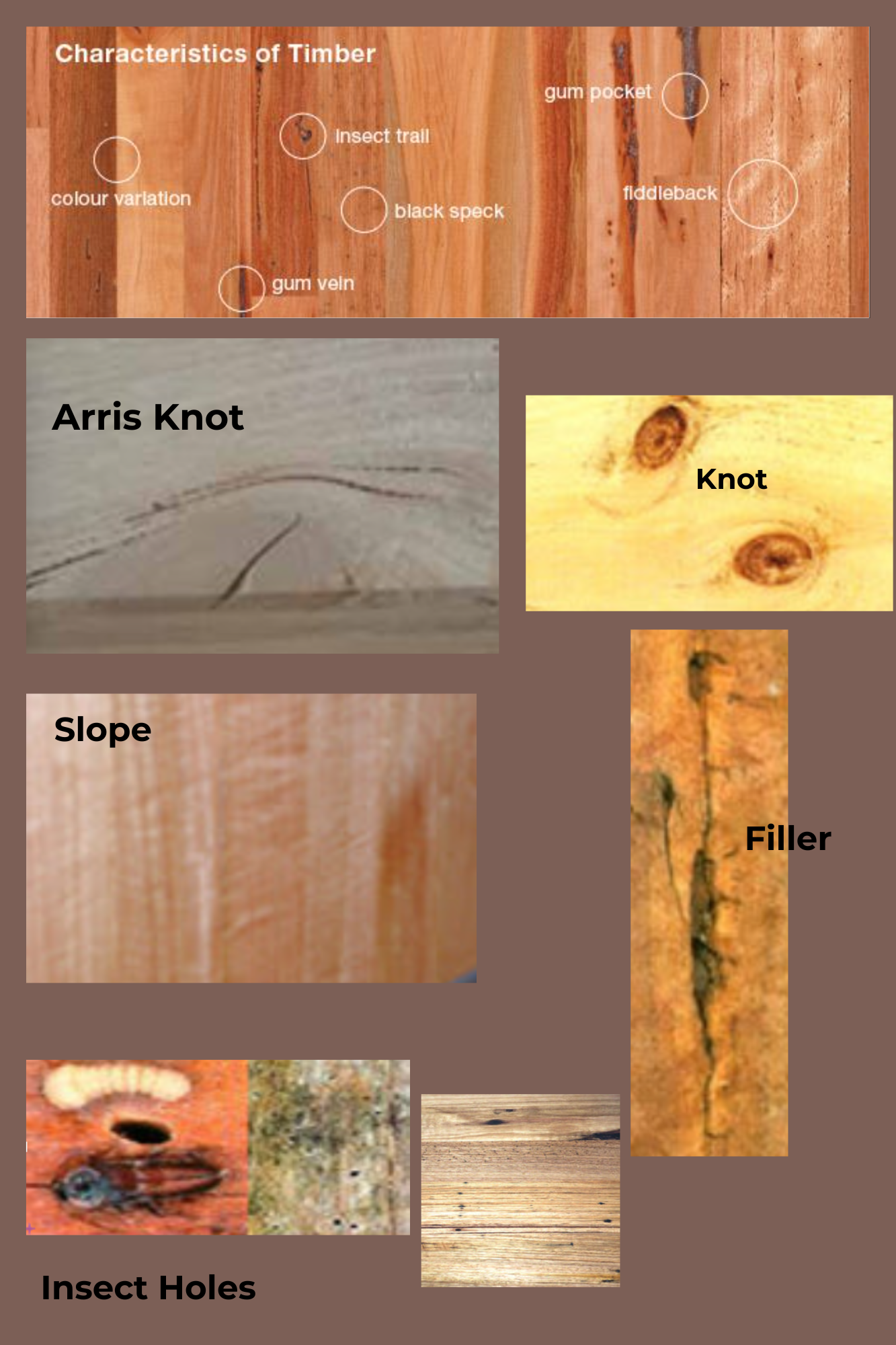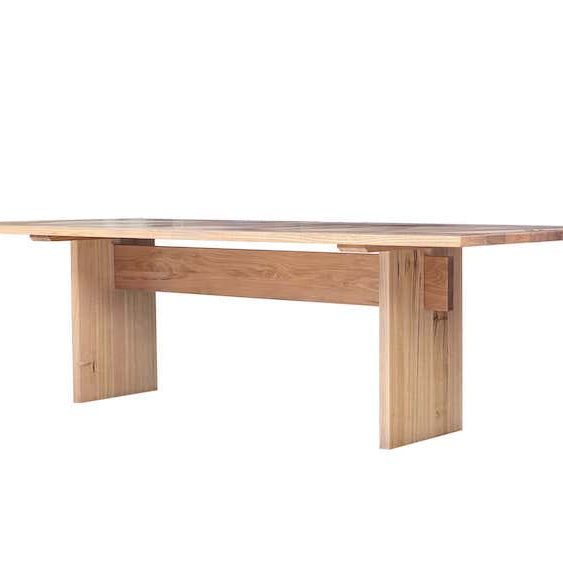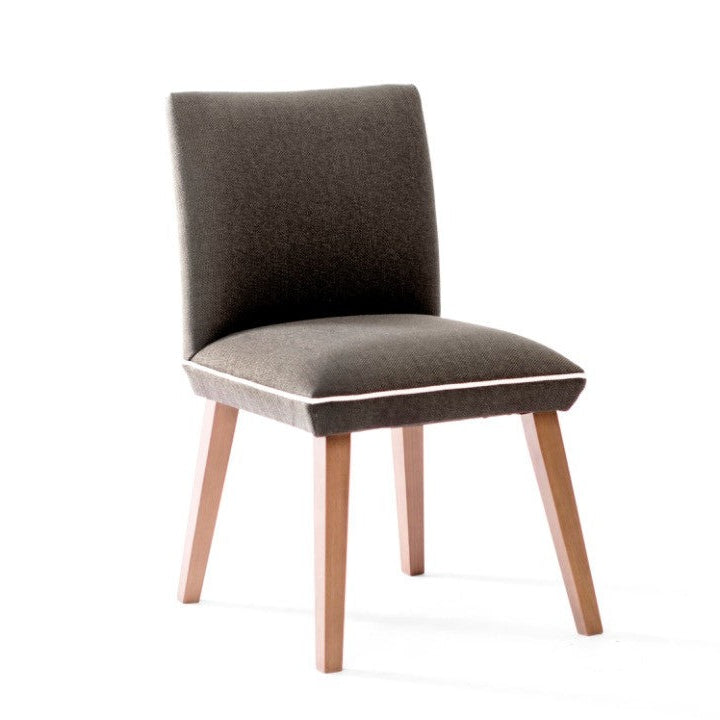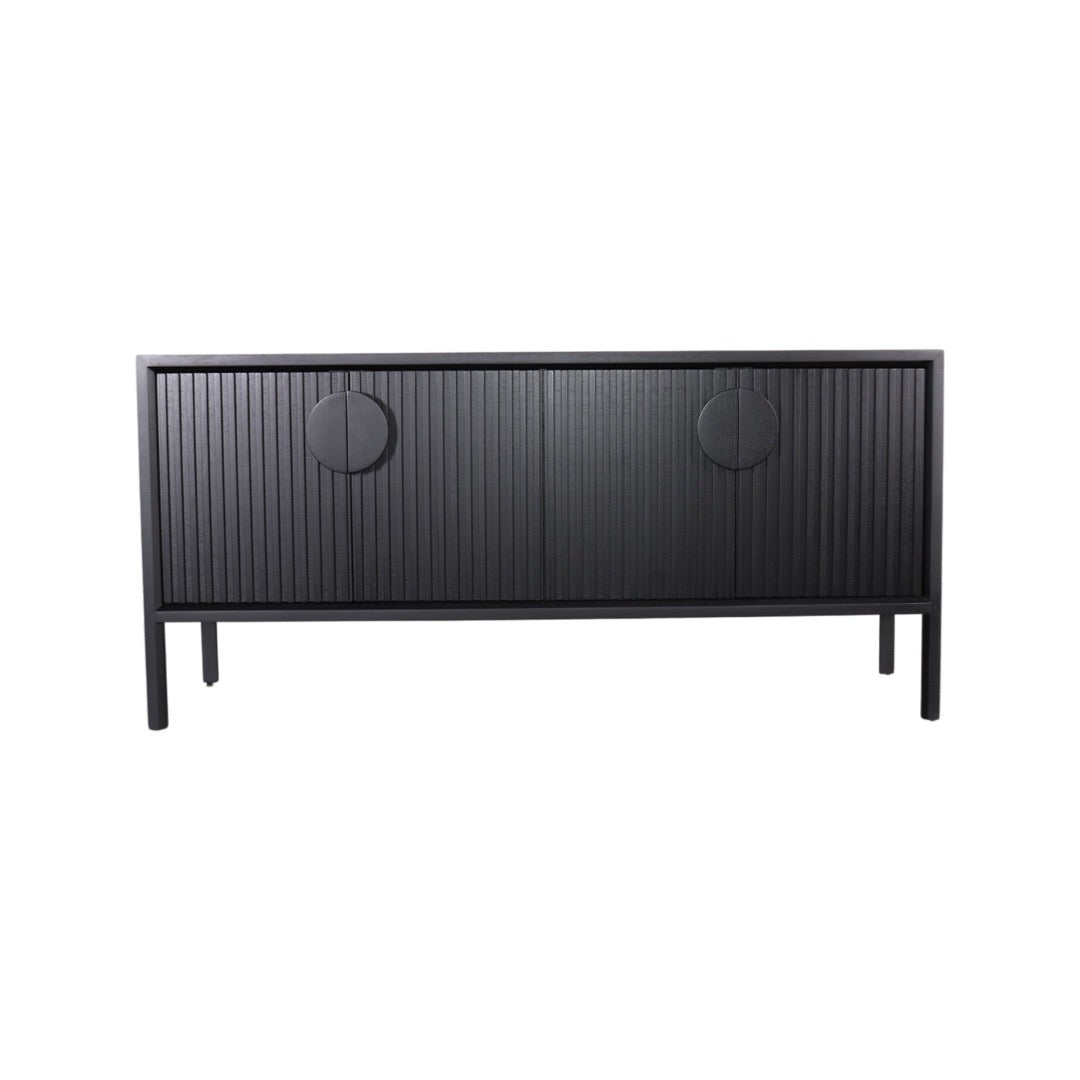Natural Timber
Natural timber furniture will come with the unique and sought after characteristics that tell the story of the trees from which they came. Depending on the timber species used for your furniture, you may expect to see an assortment of natural features. Unlike man made products, no two pieces of timber are ever the same. Grain variations are common among all species of timber, in other species, knots, gum veins, worm holes and colour variations may occur.
These fingerprints of nature are not flaws, but the hallmarks of natural timber which enhance the appearance of your furniture.
Squiggly lines are caused by the metamorphosis of Scribbly moths in the Eucalyptus trees. More information here: Scribbly Gum Moths
There are many borers that add to the features in your timber table. These are not defects.
More on what insect borer holes look like. View Borers in Hardwood
These are naturally occurring lifecycles in nature and are stamped on your timber table.
Recycled timber – you either love it or hate it.
Apart from the natural features of timber, recycled timber also proudly displays the history of its previous life, likely as a part of a demolished warehouse. Filled bolts, nail holes and aged characteristics are all part and parcel of this range of furniture.
With expert craftsmanship, reclaimed timber is morphed into attractive sought after furniture where no two pieces are ever the same. Therefore, what you see in our showroom is only a sample of the design and flavour of what your unique piece would look like.
Wood Grains
The following are examples of the wood grains you might see in Urban Rhythm’s timber furniture. Sample images have been taken from a small section of a furniture piece for illustrative purposes only. However, what you see on your screen will probably be different from the actual colour of the timber photographed due to the nature of computer monitors.
Mountain Ash
Sustainability issue. In efforts to protect Australia's forests and the environment, mountain ash is no longer available.
Messmate is now being offered instead of Mountain Ash.
Messmate
Below are some examples of characteristics and features in messmate.
There is a particular moth that creates curly patterns in Australian gum trees. This is a characteristic that can show up in our timber furniture.
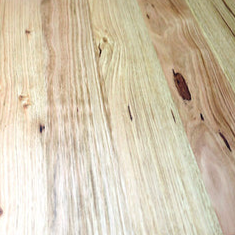
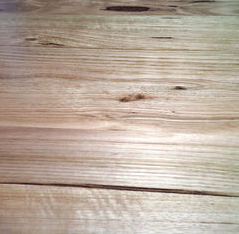
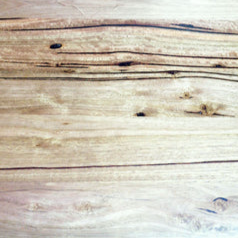
Recycled Messmate
Sample sections of Recycled Messmate showing various natural features and colour variations, as well as the features of recycled timber that may include filled nail holes and bolt marks.
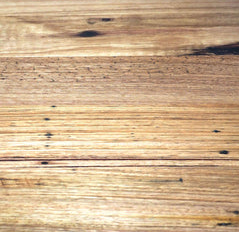
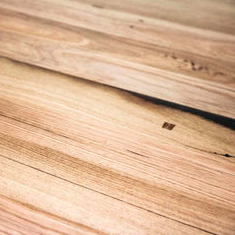
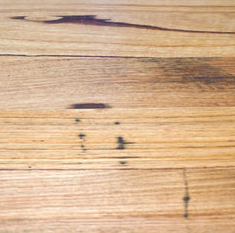
Spotted Gum
Sample sections of Spotted Gum showing various natural features and colour variations.
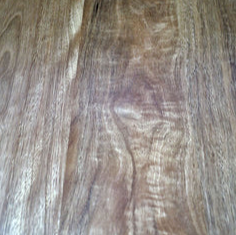
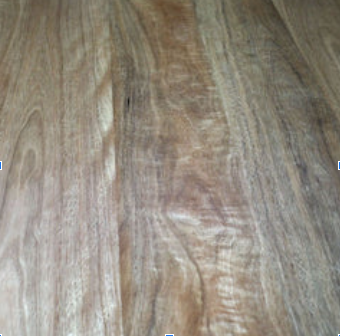
Tasmanian Oak
Sample sections of Tasmanian Oak showing different variations in the timber.
Also shown is an example of a timber feature that could be mistaken as a defect.
The inside of the Tasmanian oak tree reveals many characteristics present in a gum tree.
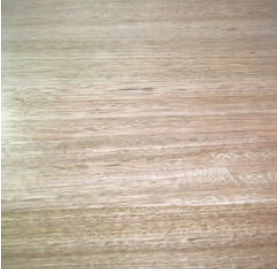
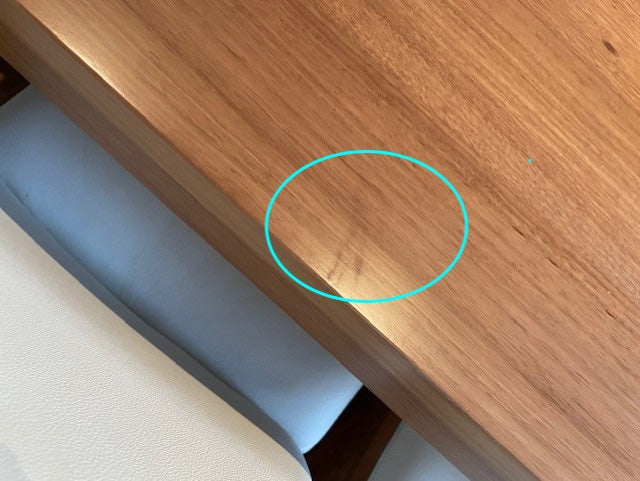
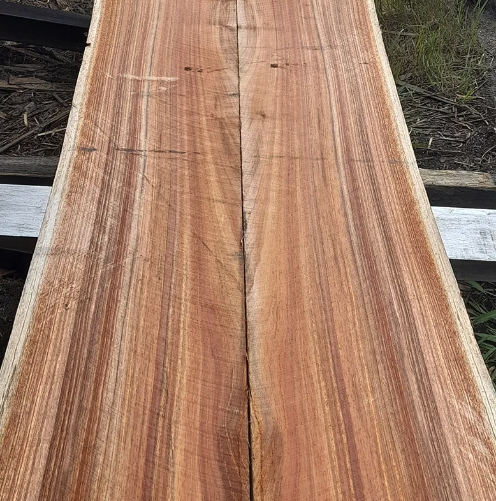
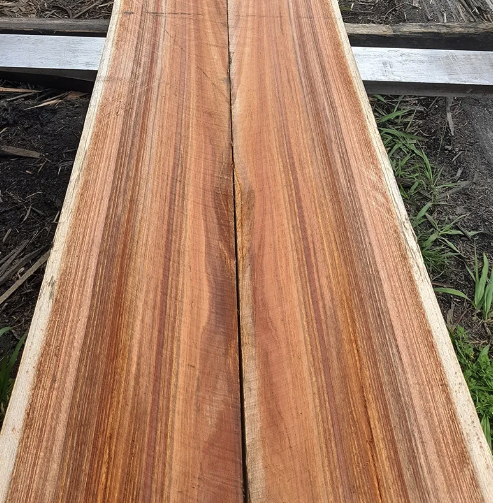
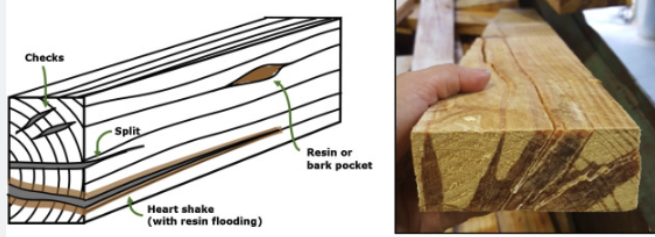
Timber Stains
Exact duplication of any given stain is impossible to achieve, the best we can offer is a close approximation of what you see in our showroom. The stains we use are pigment based and applied by hand to reveal and enhance the natural features and colour variations that exist in any piece of timber.
The stain sample you see in our showrooms can only be used as a guide.
Placement of Timber Furniture
Timber is a natural material which is responsive to changes in atmospheric conditions. In designing your furniture, we have thoughtfully considered the normal expansion and contraction of the timber. However, in caring for your timber, you’ll need to consider the placement of your furniture to avoid exposure to extreme temperature fluctuations including prolonged heat/cold, full sunlight or humidity which will have the potential to cause damage that will not be covered by product warranty.
Features and Characteristics
In this conservation conscious age, every part of a tree is put to good use. Natural features are now eagerly sought after as they are regarded as “the signature of nature” while they were once regarded undesirable in the by-gone era.
Timber is a natural material and each piece tells part of the story of the tree that produced it. Branches that are engulfed by the growing tree cause knots. Insect attack causes the tree to lay down extra wood to protect the tree giving a lump or burl, or may produce a resin or sap pocket. Fires cause damage that is often reflected in resin pockets, or may result in the tree trying to heal itself by laying down a new cambium that traps bark. These and other experiences contribute to the character of each piece of wood, and make each length of timber unique. This individuality gives anything built from the wood a character of its own.
Furniture builders can choose to express this individuality by selecting feature timber that displays these growth characteristics. On the other hand, some appearance grades limit the extent of natural growth characteristics and result in clean timber. Clean timber may be chosen where it is necessary to match the colour and appearance of adjacent pieces to give the impression of an unbroken expanse of uniform timber.
Knots
Where a branch starts to grow out of the trunk of a tree, the newly laid-down wood cells in the trunk have to bend around the branch. This leads to a knot in timber that is cut through the young branch. Knots are a natural feature of timber and in many cases, enhance the appearance of the wood, but they may reduce the strength of the timber.
Even though many arris knots (knots that pass right through a corner) are small, they can reduce structural performance as they are in a very critical location. However, knots near the centre of the piece (well away from the corners) can have little effect on the performance of the timber while enhancing its appearance. As the grain in the wood around the knot is deflected around the knot, it leads to a localised slope of grain in the timber adjacent to the knot. The slope of grain does not necessarily detract from appearance, but slope of grain at the edge of a piece of timber can significantly reduce its tensile or bending strength. In appearance products, the slope of grain can affect the way in which stains and clear surface treatments are absorbed by the timber. This produces attractive effects in the way the timber reflects light.
Softwood species tend to have dark coloured knots, so they are often quite obvious, but in many hardwoods, the knots are virtually the same colour as the parent wood, and less noticeable. In some hardwood appearance products, knots may only be noticed once a stain and clear finish is applied. (The different grain direction in the knot accepts the stain and finish differently.)
Slope of Grain
The slope of the grain can also be caused by a slight bend in the tree, which means that when a straight board is cut out of it there is a bend in the grain. This tends to be a longer feature and may go unnoticed in an appearance product. Some species of Australian hardwoods (such as Jarrah and Blackbutt) can have a wavy grain. This gives a very attractive rippled appearance in high surface finish applications. Where timber is back sawn, the slope of the grain can give interesting effects in the growth rings that enhance the appearance of the timber for some applications.
Checks and splits
Checks are small cracks in the wood (often as a result of drying or seasoning). They are not deep, and do not continue through the depth of a board. They can make wood unsuitable for appearance use, though they can be filled with appropriate coloured or clear fillers. They reduce the contact between adjacent wood grains, but generally have no effect on structural properties.
Splits are deep cracks that penetrate the entire depth or thickness of the wood. They go from one side of the piece to the other. They can occur in wood due to inappropriate handling or by drying stresses. They are more likely to occur near the ends. They generally make the timber unsuitable for use in appearance applications, and reduce shear strength of structural timber. In some applications, where a rustic appearance is required (e.g. reclaimed messmate, or rough sawn timber), some surface checks and splits are deliberately left where appropriate to enhance appearance.
Inclusions
Gum veins, gum pockets, insect holes, bark and other inclusions appear as dark, sometimes soft stripes parallel to the grain. These are all growth characteristics that are sandwiched between the growth rings as the wood is laid down. In limited quantities these can enhance the appearance of the timber, and where they are accompanied by a surface check or depression it can be filled with clear filler.
Where the length of the inclusion is within limits it has little effect on the strength of the timber. A long inclusion can lead to a discontinuity across the grain that reduces the shear strength of the timber.
